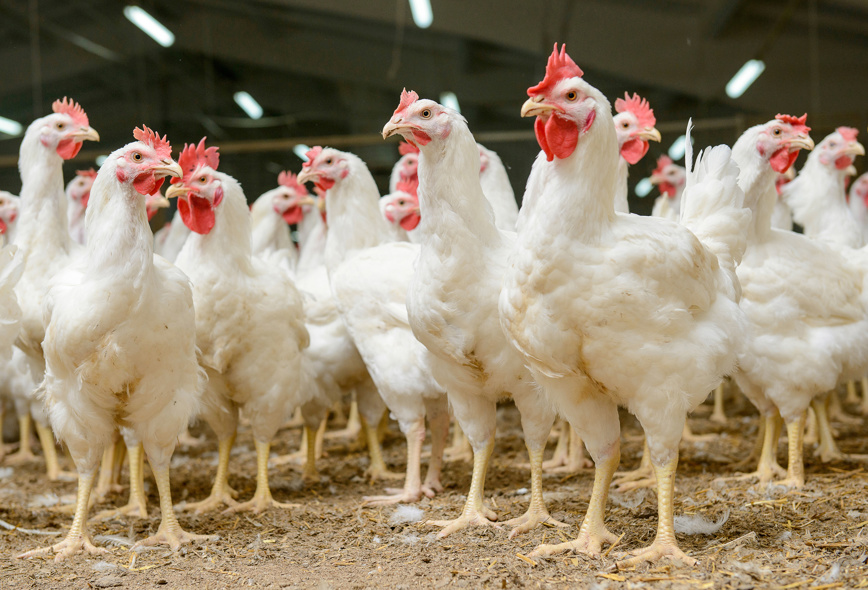Poultry Origin - Which Way to Turn?
- Poultry
Society is evolving, and consumer profiles are more varied than ever. More and more consumers question where their food comes from. Manufacturers focus on elements such as quality, price, packaging, and taste as means of helping their products stand out from the crowd. Table eggs are a good example of this diversity, offering a choice between organic, omega-3, brown, vegetarian-fed, etc. Chicken is another great example, with options such as 85% grain-fed, vegetarian-fed, organic, hormone-free, etc.

This wide product diversity has also an impact on poultry producers and feed mills, who must respond to a wide range of product specifications and requirements from different perspectives such as operations, quality control, nutrition, products, and producers. How can Shur-Gain help the industry respond to those needs?
Chicken production diversification
Product diversification is a means of facing competition and improving profitability. The growing demand for niche markets also increases the standards required of both producers and feed mills, who must constantly adapt to industry demands.
Impact on manufacturers
Feed mills are now asked to manufacture a wide range of non-conventional broiler feeds, such as organic, containing no animal by-products or antibiotics, in addition to feeds for layers, turkeys, breeders, ducks, etc. Feed mills are also responsible for determining production sequences and providing staff to oversee product specifications, in order to demonstrate the facility’s ability to manage cross-contamination risk.
Your poultry nutritionist
Poultry nutritionists formulate different feeds and work with a multitude of ingredients. They work with procurement to ensure product standards are met. They also work with the feed mill to formulate
quality feed at competitive prices, while making use of the available ingredients and determining nutritional values that maximize growth and production cost.
How does this impact you?
Producers play a key role in the process. They must adapt to both product specifications and the different production types, each of which requires different management practices. In addition to the
regular monitoring of their operations with their technicians and veterinarians, producers are required to spend more and more time observing the behaviour of their flock as adaption to the open environment is key to excellent laying performance. Similarly, observation is key to recognizing the signs of a possible disease in a timely manner in an antibiotic free production.